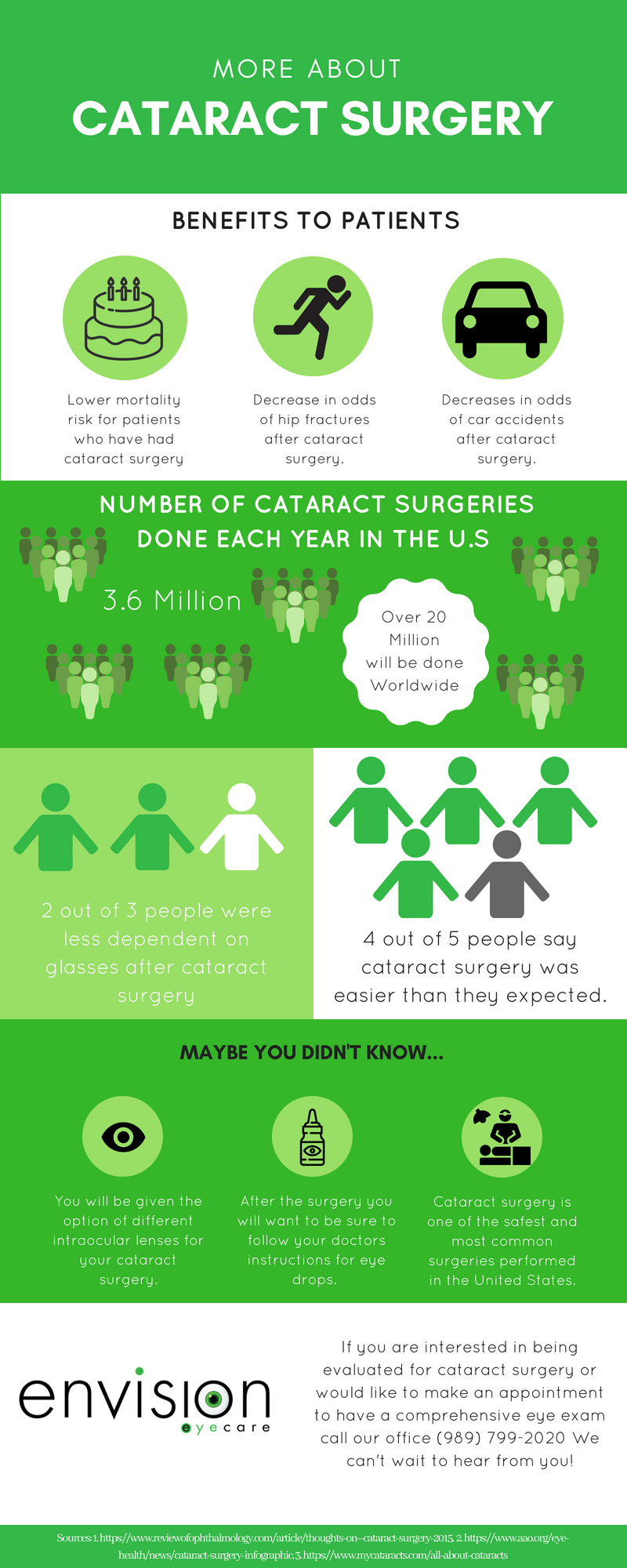Curious Concerning The Differences Between SMILE, LASIK, And PRK Eye Surgical Treatments?
Curious Concerning The Differences Between SMILE, LASIK, And PRK Eye Surgical Treatments?
Blog Article
Content Author-McElroy Sander
If you have actually been considering SMILE eye surgical treatment, you could wonder exactly how it stacks up against LASIK and PRK. Each procedure has its very own set of benefits and factors to consider. From quicker healing times to possible dangers, there are essential distinctions you must recognize prior to choosing. Comprehending these distinctions will certainly aid you make an enlightened choice that straightens with your particular demands and assumptions. Interested to understand even more regarding how these procedures contrast carefully? Go on exploring to gain a comprehensive understanding of SMILE, LASIK, and PRK.
SMILE Eye Surgical Treatment Introduction
If you're thinking about SMILE eye surgical treatment, you'll locate it to be a minimally intrusive procedure with a quick recuperation time. During visit the following post (Tiny Incision Lenticule Extraction), a laser is used to develop a little, specific incision in the cornea to eliminate a little item of cells, improving it to correct your vision. This differs from LASIK, where a flap is created, and PRK, where the outer layer of the cornea is totally removed.
One of the key advantages of SMILE is its minimally invasive nature, resulting in a faster healing procedure and less discomfort post-surgery. The recuperation time for SMILE is fairly quick, with numerous individuals experiencing improved vision within a day or 2. This makes it a popular option for those seeking a convenient and effective vision modification procedure. Additionally, SMILE has been shown to have a reduced risk of completely dry eye syndrome contrasted to LASIK, making it a beneficial choice for people worried about this potential adverse effects.
Differences Between SMILE, LASIK, and PRK
When comparing SMILE, LASIK, and PRK eye surgical procedures, it's important to recognize the unique strategies made use of in each treatment for vision adjustment.
SMILE (Tiny Incision Lenticule Removal) is a minimally invasive procedure that entails creating a small incision to remove a lenticule from the cornea, reshaping it to deal with vision.
LASIK (Laser-Assisted Sitting Keratomileusis) includes developing a slim flap on the cornea, making use of a laser to improve the underlying tissue, and after that repositioning the flap.
PRK (Photorefractive Keratectomy) removes the outer layer of the cornea before reshaping the cells with a laser.
Recommended Browsing on the way the cornea is accessed and dealt with. SMILE is flapless, making it an excellent choice for people with slim corneas or those involved in get in touch with sports. LASIK offers rapid visual healing due to the flap production, yet it might posture a higher risk of flap-related difficulties. PRK, although having a longer recovery period, avoids flap-related issues altogether.
Recognizing these differences is essential in selecting one of the most suitable treatment for your vision correction needs.
Benefits And Drawbacks Contrast
To evaluate the benefits and drawbacks of SMILE, LASIK, and PRK eye surgeries, it's essential to think about the specific advantages and possible constraints of each procedure. SMILE surgical treatment uses the advantage of a minimally intrusive procedure, with a smaller cut and possibly quicker recovery time compared to LASIK and PRK. It also reduces the risk of dry eye post-surgery, a common adverse effects of LASIK. Nevertheless, SMILE might have restrictions in treating higher levels of nearsightedness or astigmatism contrasted to LASIK.
LASIK surgical treatment provides fast visual recuperation and minimal pain during the treatment. It's very reliable in treating a variety of refractive mistakes, including myopia, hyperopia, and astigmatism. Yet, LASIK carries a risk of flap issues, which can influence the corneal framework.
PRK eye surgical treatment, while not as preferred as LASIK, stays clear of producing a corneal flap, minimizing the danger of flap-related difficulties. It's suitable for individuals with slim corneas or uneven corneal surfaces. Nevertheless, PRK has a longer recovery time and may involve much more pain throughout the recovery procedure.
Final thought
So, when it comes to picking between SMILE, LASIK, and PRK, think of it like picking the best pair of shoes. SMILE is like a smooth, comfortable set of tennis shoes - quick and simple.
LASIK is much more like fashionable high heels - flashy and quick, but with some possible dangers.
PRK is like durable hiking boots - trusted and long lasting, yet requiring a little bit more time and effort.
Eventually, the best selection relies on your specific demands and choices.
